Yamaha YZF-R1 Historical past
Rennie Scaysbrook
The 12 months is 1998. Yamaha launches the primary version of the YZF-R1. The world’s press publications are gob smacked, and the corporate can’t sustain with demand. Ready lists blow out for salivating clients, and Yamaha’s rivals have been caught with their pants down.
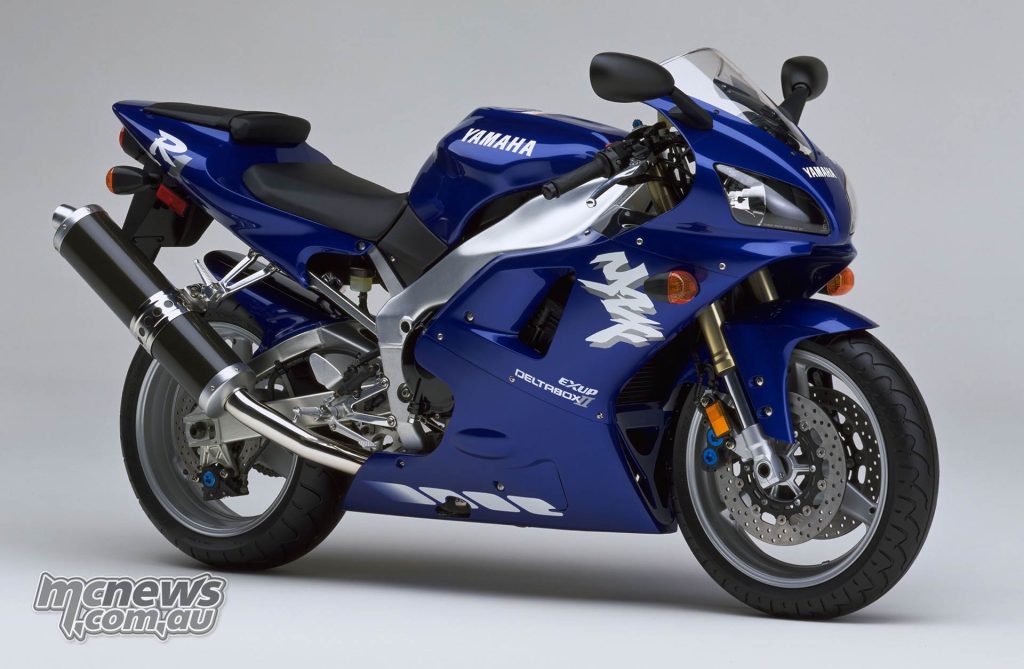
The 1998 Yamaha YZF-R1 is the granddaddy of the trendy superbike. Till its launch (and for a while after it), superbikes have been labeled as 750 cc four-cylinder machines and 1000 cc twins. World Superbike would hold these guidelines till the tip of 2002, however in actuality the world had moved on in 1998.
The R1 noticed to that. The R1 additionally noticed the demise of the ’90s litre-class hyperbike (an over-exaggerated time period frequent on the time for any sportbike larger than a superbike), which arguably started when Tadao Baba launched the mighty 1992 Honda Fireblade – a 900 cc inline four-cylinder – that made fellow four-cylinder combatants just like the Kawasaki ZZR1100 and Suzuki GSX-R1100 appear like also-rans.
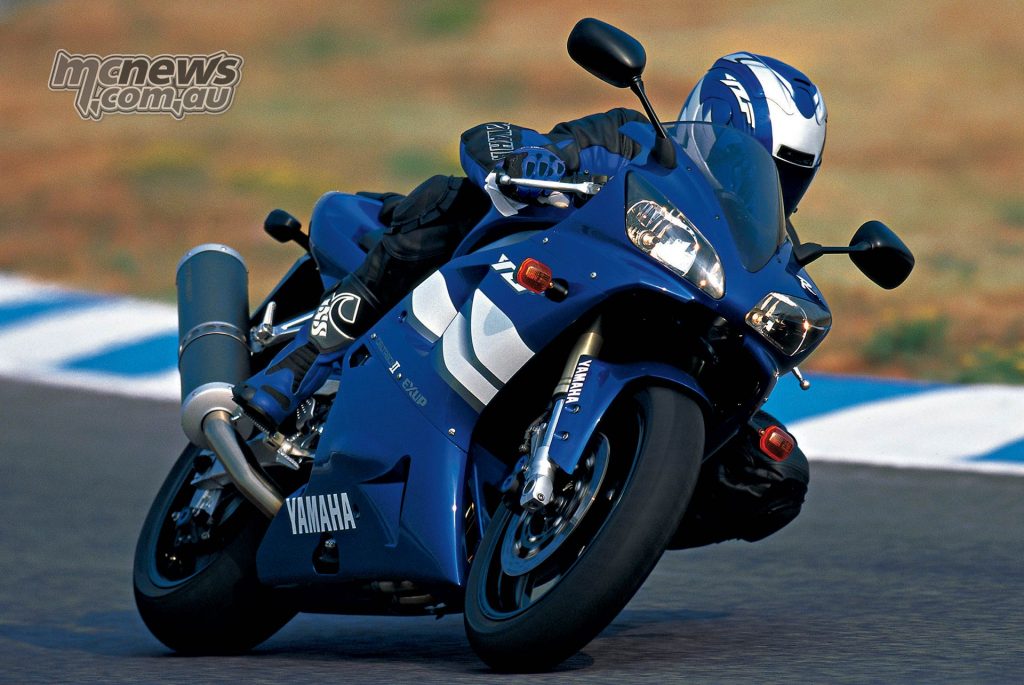
Sportsbikes on the time have been primarily designed as roadbikes, not racers with lights. The R1 was the primary to take this mind-set and junk it. Consolation was diminished to the naked minimal within the identify of pure velocity.
Even issues like a helpful boot below the seat – just like the Fireblade had – have been considered pointless. Something that didn’t should be there was scrapped. The 998 cc R1 was designed to be the lightest, shortest and strongest machine ever created within the 1000 cc class.
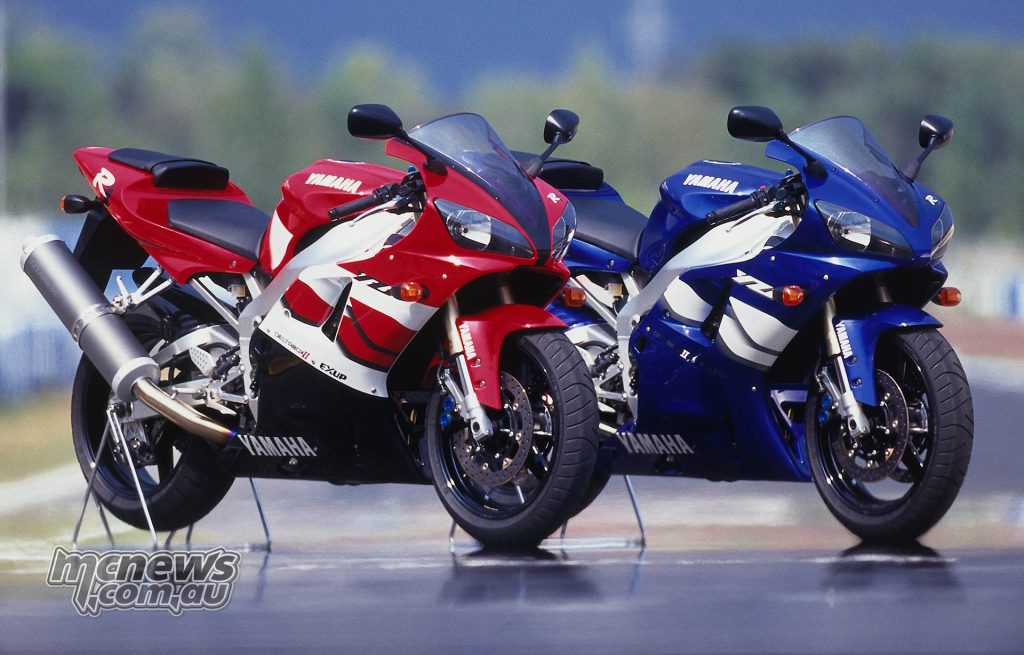
It was designed to deal with with the agility of the corporate’s YZF600 ThunderCat (then its main Supersport 600 machine), however have energy ranges usually reserved for manufacturing unit WSBK riders Scott Russell and Noriyuki Haga. A sports-tourer the R1 was not.
A clear sheet of paper
The mid-’90s was a bleak interval for superbike gross sales, and Yamaha realised that though the long-standing YZF750 was performer on observe, the gross sales success didn’t replicate it.
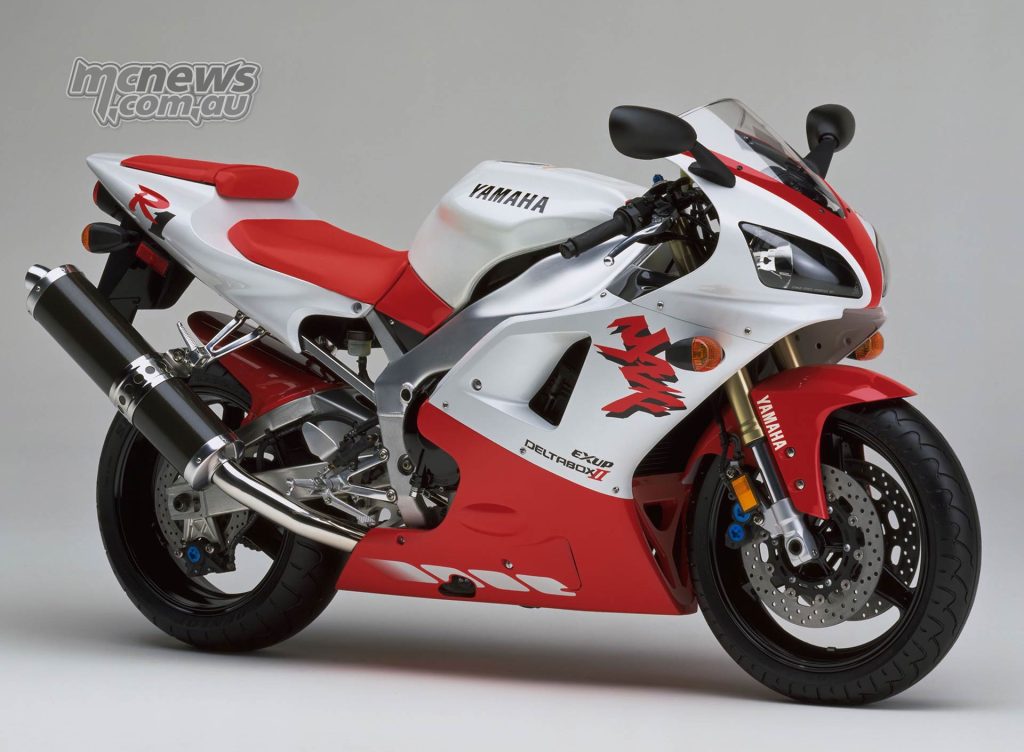
As such, designer Kunihiko Miwa was given a clear sheet of paper to construct a brand new supersports machine, proper across the time the Yamaha YZF1000 ThunderAce was given a freshen-up in 1997.
The ThunderAce had all the time been a dependable performer for the Tuning Fork model, and the 1997 model was certainly a tremendous machine.
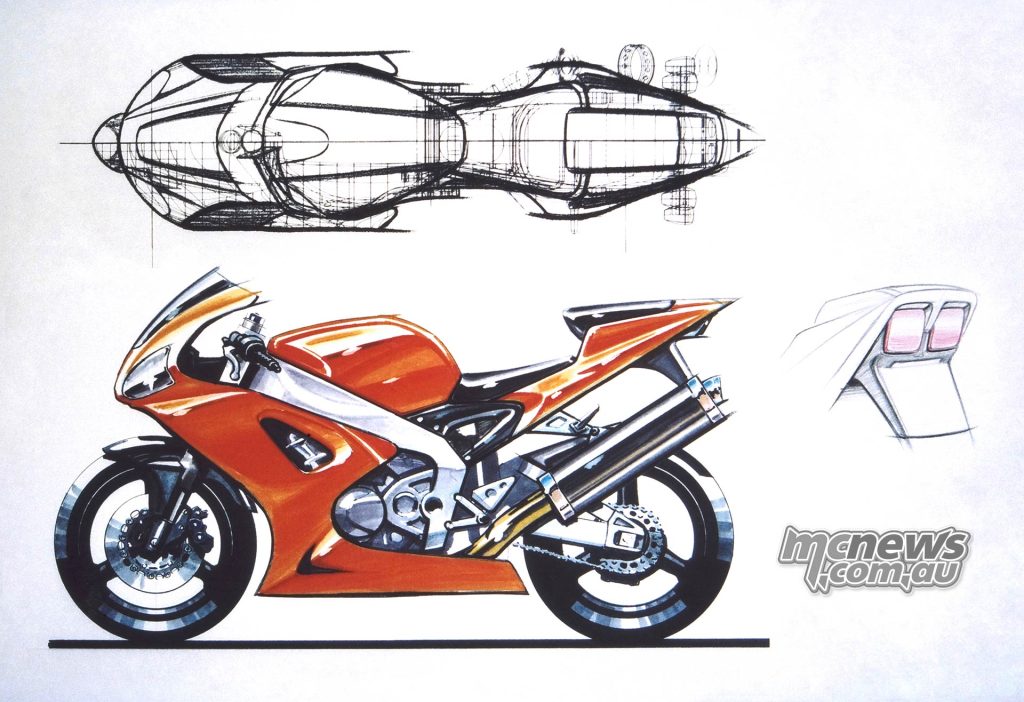
It had loads of energy from the five-valve, inline four-cylinder engine that might hint its heritage to the FZR1000 of 1989, with a well-balanced chassis and good ergonomics, nevertheless it nonetheless belonged within the Suzuki GSX-R1100 weight class and would hardly do as a racer with lights.
That being the case, Miwa-san took the fundamental YZF1000 engine and pulled it to items. The R1’s engine was nonetheless to retain the corporate’s sacred five-valve cylinder-head, however that’s about the place the similarities between it and the ThunderAce ended.
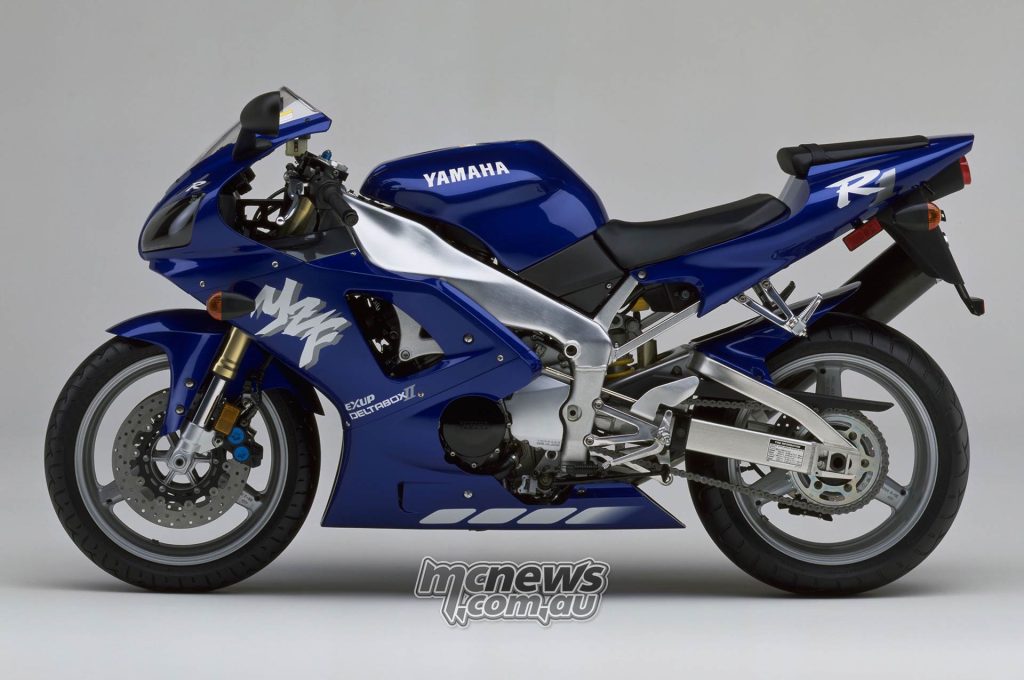
Miwa-san got here to the conclusion that the normal engine structure the place the crankshaft, drive shaft (countershaft sprocket) and important shaft have been all in a line represented a drastic waste of house, so he got here up with the ‘three-axis’ design, the place the principle shaft was offset and positioned above the crank and countershaft sprocket, nearer to the crank.
This was quickly adopted by the business, and is now the one solution to go if you wish to construct a severe in-line four-cylinder superbike.
The brand new design additionally meant the clutch might now be mounted greater, with the cylinders and crankcase forged as an entire unit.
This additionally allowed Miwa-san to turf the normal forged iron cylinder liners, the bores now handled to the Yamaha-patented electro-deposited low-friction ceramic coating.
Even the structure for the oil filter and cooler was redesigned, sitting side-by-side on the entrance of the block reasonably than being stacked, as per typical pondering.
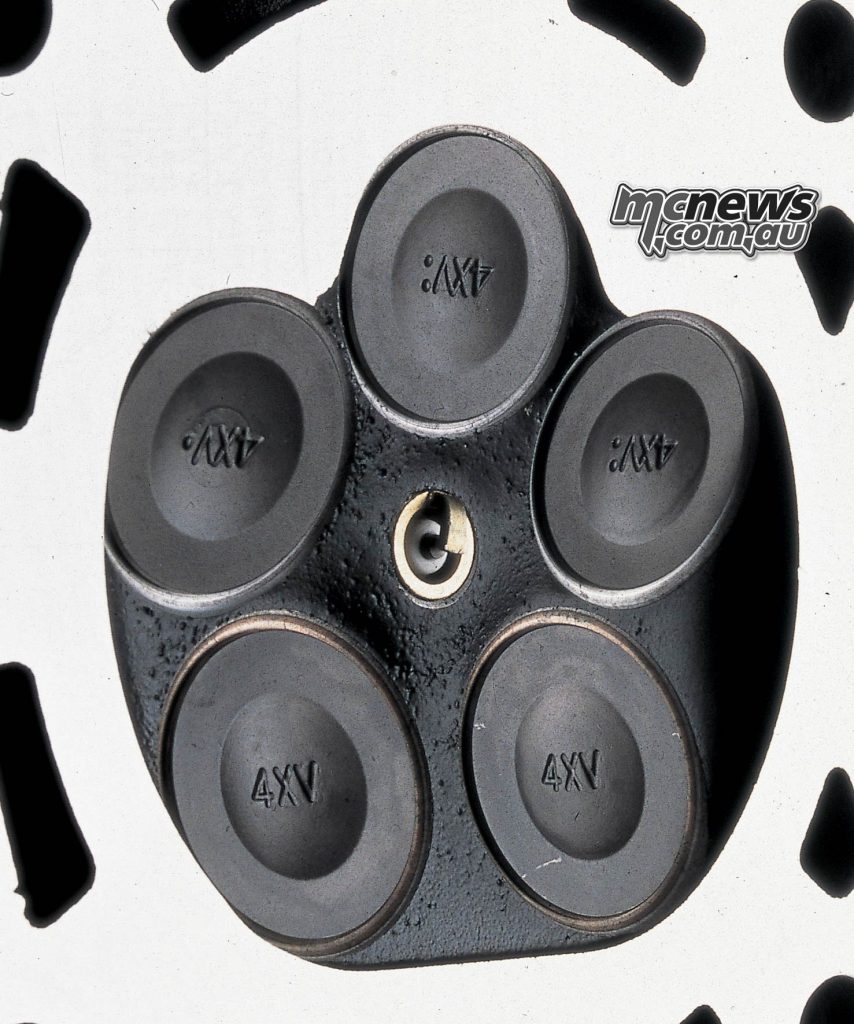
This gave Miwa-san the flexibility to mount the headers of the four-into-one exhaust system – that includes a revised model of the EXUP (Exhaust Final Powervalve) system – nearer to the engine, giving him extra clearance for the entrance wheel and thus making the entrance much more compact.
The distinction between the R1 powerplant and that of the ThunderAce was not simply exterior dimension. Internally they could have shared the five-valve head, however the R1’s inlet ports have been smaller and inside the pinnacle sat smaller valves at a steeper angle.
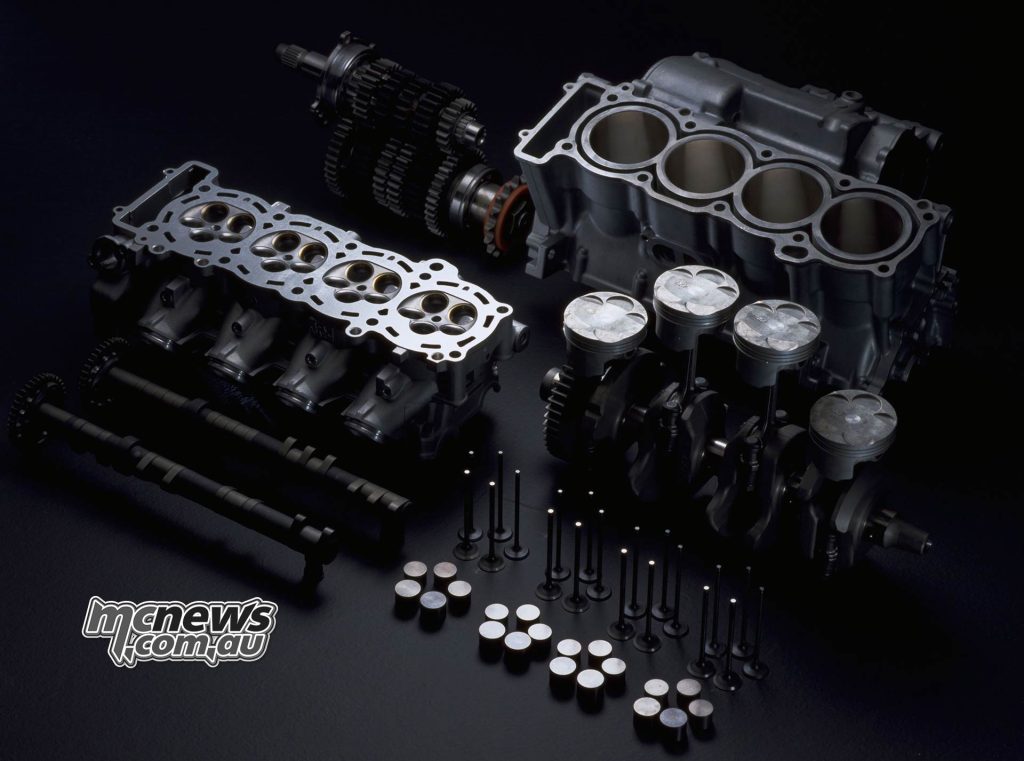
The blocks have been completely different too, with the R1’s bore and stroke measuring 74 x 58 mm in comparison with the shorter stroke figures of 75.5 x 56 mm for the ThunderAce.
Beneath deck the crankshaft got here in for the Jenny Craig remedy. Yamaha engineers managed to shave a formidable 22 per cent off the reciprocating mass of the crank, which was a significant factor within the R1’s spectacular throttle pick-up. Swinging off the crank have been new con-rods with light-weight cast aluminium pistons.
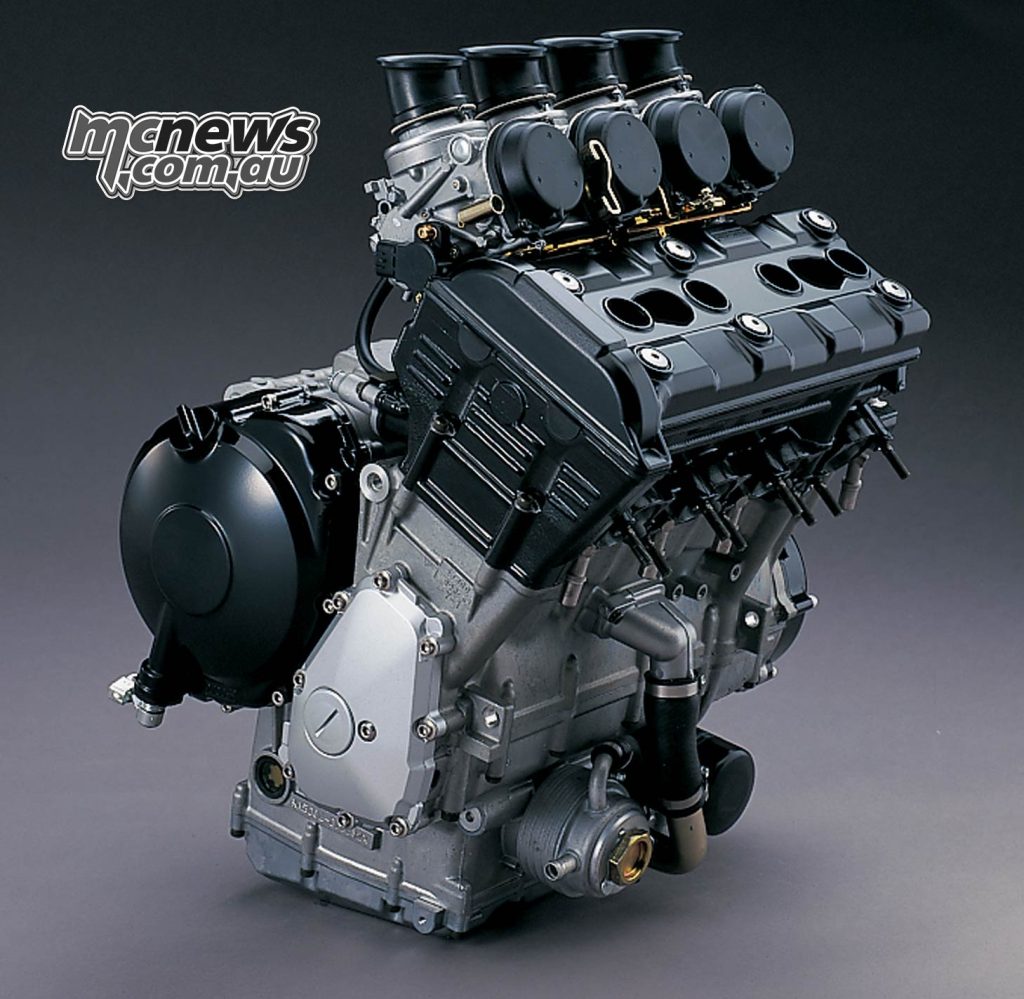
Regardless that the 2 engines shared a claimed torque determine of 107 Nm, the R1 – which carried an 11.8:1 compression ratio to the ThunderAce’s 12.0:1 – made that determine 1500 rpm decrease at 8500 rpm. It additionally had an additional 5 hp, with a claimed 148 hp at 10,000 rpm.
These have been severe figures for 1998. The Honda Fireblade, which for 1998 had grown to a 919 cc engine, claimed energy and torque figures of 130 hp at 10,500 rpm/92 Nm at 8500 rpm.
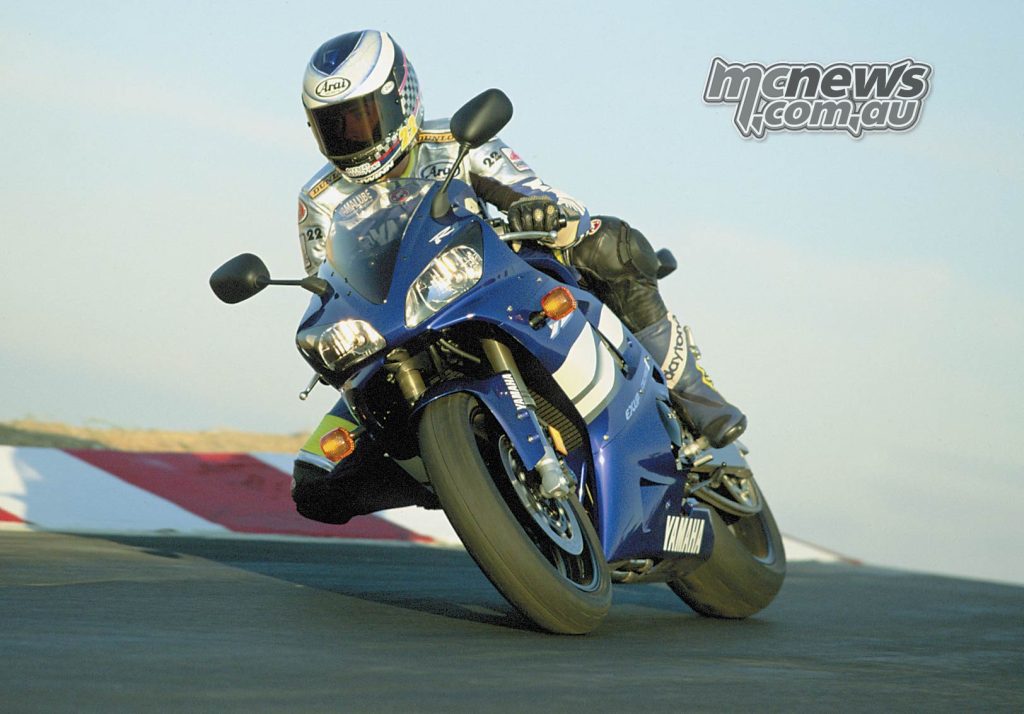
Kawasaki’s ZX-9R, which was additionally revised for the 1998 mannequin 12 months, produced 143 hp at 11,000 rpm and 101 Nm at 9000 rpm.
These have been nonetheless the times earlier than gasoline injection turned commonplace in manufacturing sportsbikes, and reasonably than get a bounce on the pack by becoming EFI, Yamaha as an alternative selected to furnish its new weapon with 40mm BDSR Mikuni carbs, which have been 30 mm narrower than the ThuderAce’s 38 mm items.
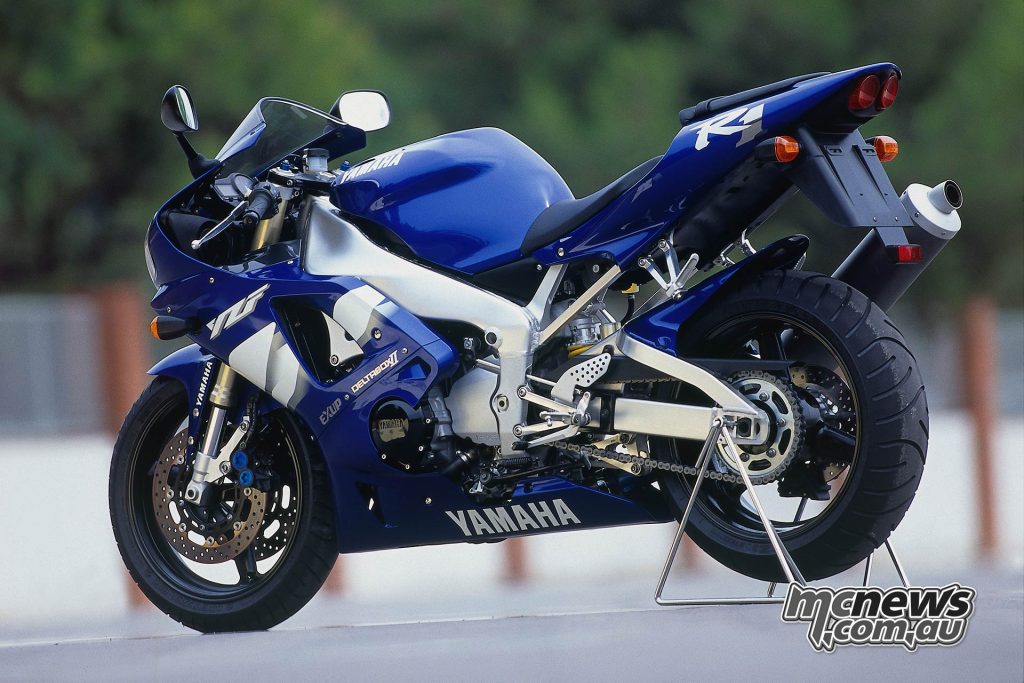
The R1 ran a throttle place sensor, which was additionally linked to the CDI unit, gear place indicator and the EXUP valve, and programmed to extend the accessible torque from 4000-8000 rpm.
Getting all that grunt to the tyre was a brand new six-speed gearbox, changing the five-speeder within the ThunderAce.
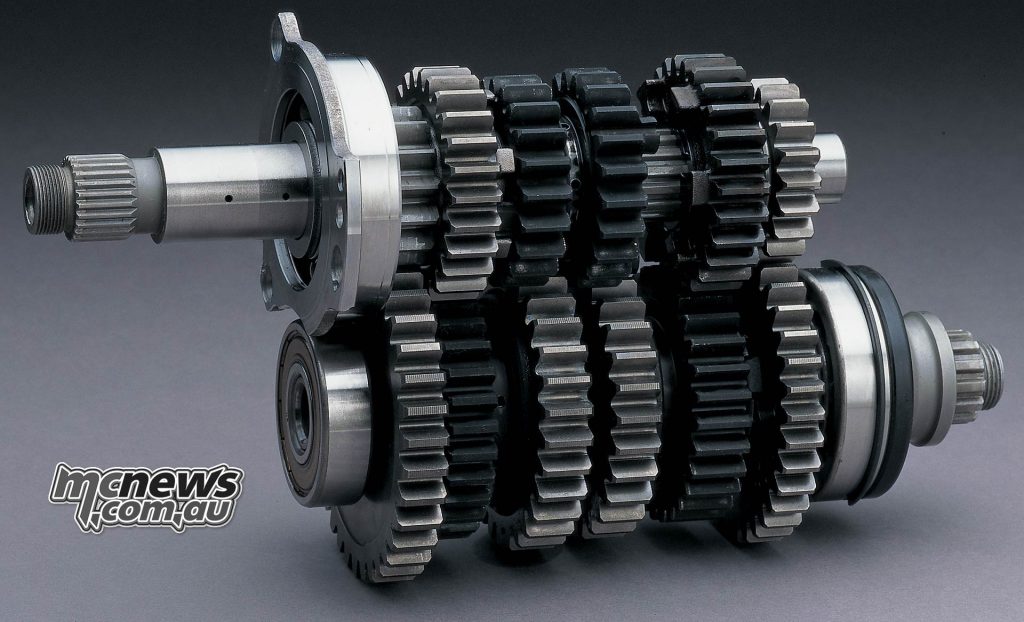
This new gearbox turned one of many few weak factors within the 1998 R1’s armour, however fortunately Yamaha engineers have been sensible to this by 1999. Regardless that the mannequin was solely slated to have a paint scheme replace – they fitted a redesigned gear change linkage and elevated gear change shaft size to cease it coming out of substances, significantly second gear.
The 1998 R1 was additionally the topic of a worldwide recall, with a number of instances of the clutch-driven gear drive plates breaking, inflicting the engine to lock up.
However whatever the faults, no matter angle you seemed on the new engine, it was a category forward of every little thing in 1998. The design transient of smaller, lighter, quicker was actually met.
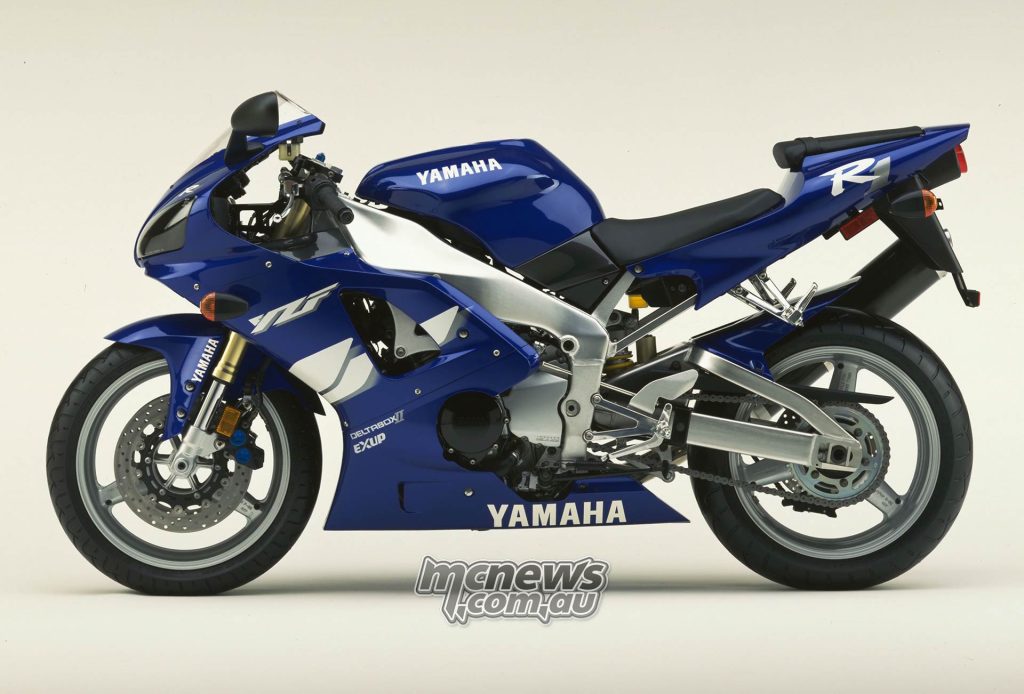
The brand new engine was 81 mm shorter front-to-back than the ThunderAce, and 20.9 mm shorter top-to-bottom. Nevertheless, not like the engine, the chassis had no platform for modification.
It was to be all-new – shorter and lighter, with racier geometry than something with a headlight gone earlier than it. Yamaha claimed the brand new bike weighed 177 kg dry, which whenever you add a tank of gasoline, would put it near the 200kg mark.
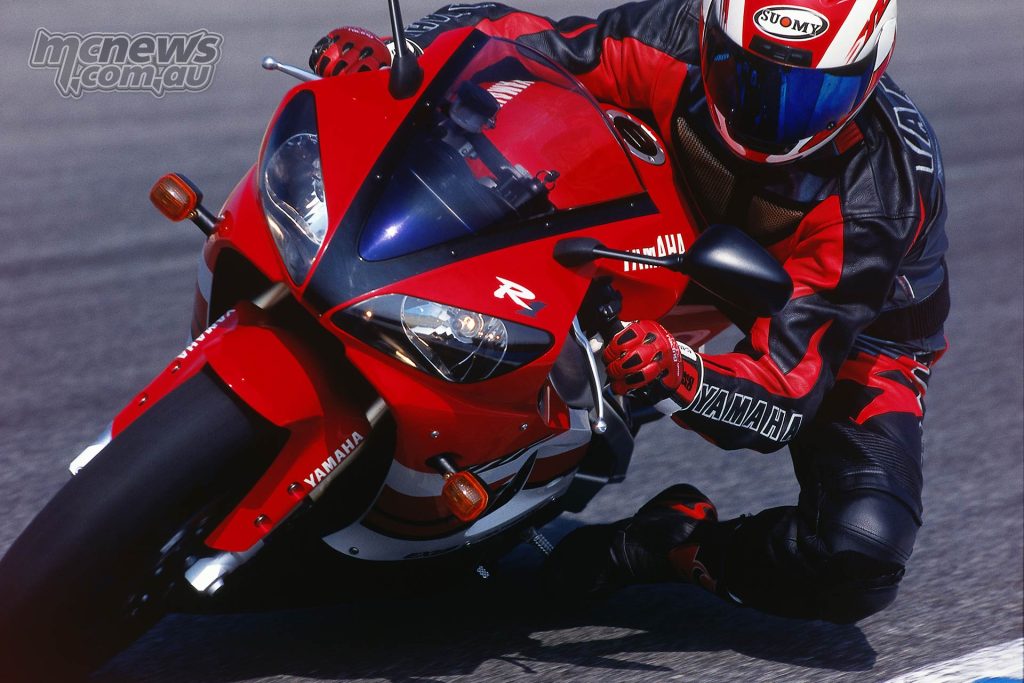
With the engine being so small, Miwa-san might focus extra on mass centralisation than ever earlier than. The engine was a fully-stressed member of the chassis, which helped add to the rigidity of the bundle…
Use the navigation under to proceed to the subsequent web page
The post The Yamaha YZF-R1 turns 25 – Historical past of the YZF-R1 appeared first on lickscycles.com.
source https://lickscycles.com/the-yamaha-yzf-r1-turns-25-historical-past-of-the-yzf-r1/?utm_source=rss&utm_medium=rss&utm_campaign=the-yamaha-yzf-r1-turns-25-historical-past-of-the-yzf-r1
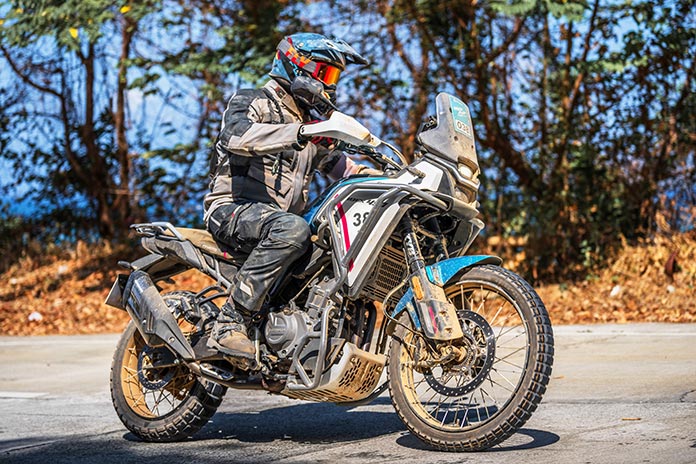
No comments:
Post a Comment